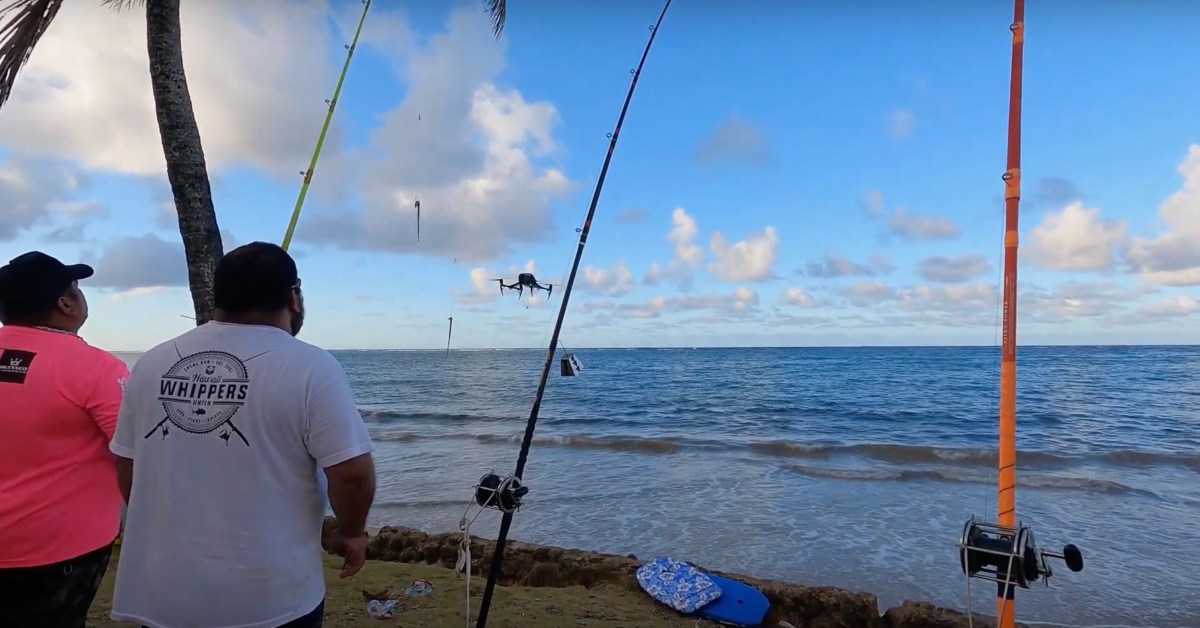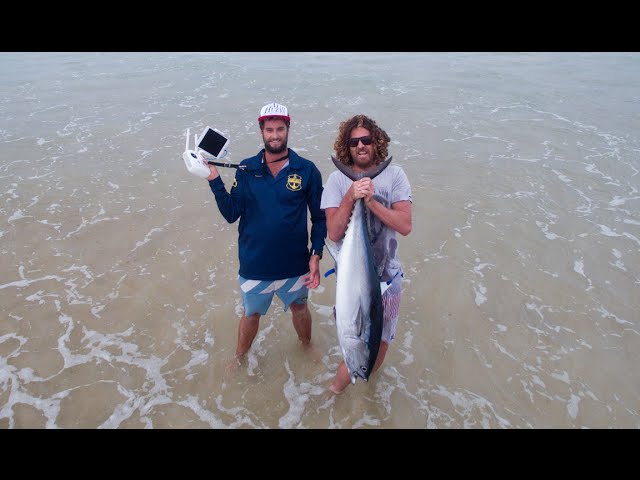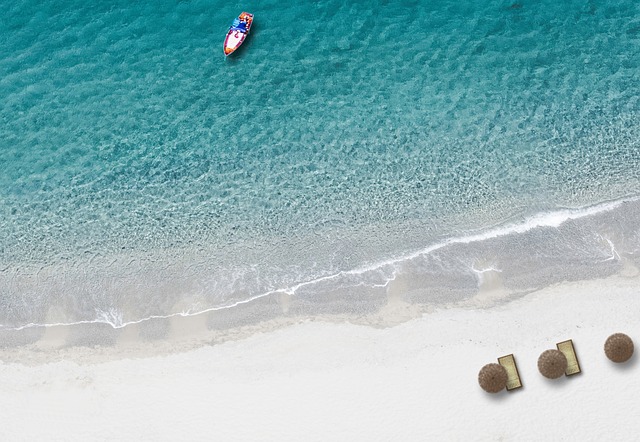
You can use a drone to see the waters surrounding your property if a fisherman is an avid one. There are many features that drones have, such as a mechanical payload release and an angle adjustable camera, GPS positioning, and a GPS receiver. You can also purchase fishing lines, which are stable and safe. One example is the SKY RIGGER drone.
SKY RIGGER is an unmanned fishing line.
The SKY RIGGER, a flexible fishing system for drones, allows you fish from the air using minimal effort. Two rotating leg clamps allow the system to be attached to a variety of drone models. The release mechanism uses a bayonet connection and a camlock arm. This allows for quick opening of the line clamps. Sky RIGGER is unlike other drones and can be used for all types of fishing.
The SKY RIGGER includes an automatic release system for fish that strike your fly. You can also release the line manually with your hand or rod. This feature is standard on all SKY RIGGER models. It is strongly recommended that you first purchase a Phantom 3 before you purchase the new SKY RIGGER. These are the pros and cons of this new line system.
It features a mechanical payload release
The mechanical payload release is a key feature of a drone. Many of them allow anglers to quickly and easily release their fishing line. Some models, however, do not include a release mechanism. Instead, to remove the drone from its fishing line, the user must "yank” it. This can be frustrating, especially for people who aren’t comfortable using their fingers to release the line.

The payload release mechanism is another important feature. The drone's payload should be capable to release its line when the fish strikes. It is important to practice catch and release fishing before trying this method, as you can't simply pull the fish to shore and release it back into the water. Many people have experienced good results using the DJI Phantom drone. However, this technology has not yet reached the level of fishing drones that are available on the market.
It is equipped with a GPS positioning system
Rippton, an Australian and Dutch joint venture, specializes in technology-oriented fish products. It was founded to improve the success rate of anglers by creating products that increase the enjoyment of fishing. Rippton's Mobula drone is equipped with a GPS positioning device and remote release. The Mobula is able to hold bait on the surface, resist kite clips and is environmentally friendly.
It is light at 3 pounds and can take off for 18 minutes. The GPS system is high-tech and allows for control from as far away as 2,000 miles. It is capable of flying at 1000 meters (or half a kilometer) range and has intelligent flight modes. It can take high-quality pictures of its surroundings thanks to its point of interest function. You can get amazing views of fish with its high-resolution camera.
It includes a failsafe safety feature
Aerokontiki's fishing drone includes a failsafe safety feature. It monitors your battery level and releases the line as needed. In case of battery failure, it will land back on dry ground to continue its mission. It is equipped with industrial-grade flight controllers that can be used anywhere, without the need for calibration. The drone can be used in even the most challenging water spots, and is waterproof.

FAQ
What are the rules and regulations for drones operation?
The FAA will require you to register your drone. The registration process requires you to provide information about your device, such as its weight, dimensions, battery capacity, operating frequency, and battery life. It also requires you to obtain an identification number from the FAA.
What laws apply to drones flying above private property?
Recently, the FAA released new rules for commercial drone operations. These rules do not apply to UAVs under 55 pounds or flying at less than 400 feet above sea level. Commercial operators need to register with the FAA in order to obtain a license. They will also require permission from local authorities to operate near airports and other restricted areas.
With a drone, can someone spy on me?
Anyone can spy on you with a drone. The only way to protect yourself from drones is to be aware of them and avoid areas where they may fly. If you notice a drone flying around, call 911 immediately.
How high can you fly a drone without a license?
There is no restriction on the height at which you can fly a drone according to the FAA. They do require that you register your unmanned airplane system (UAS), which includes registration number, model number, weight, size and manufacturer's names, as well as other information.
Where Are Drones Banned?
The FAA prohibits drones from flying within close proximity to airports, stadiums and sporting events, as well as nuclear power plants, hospitals and prisons. They do allow drones to fly at night with GPS technology.
Flying with a drone?
Drones are becoming more and more popular for personal and professional use. They can be used for photography, filming and aerial mapping. A number of new regulations have been approved by the FAA for drones. These include registration, licensing, pilot training and insurance. These changes will help ensure that drones remain safe for everyone involved.
Is it necessary to have special training in order to fly a drone
No, you don’t need any special training in order to fly your drone. All you need is a remote control unit and some basic knowledge of flight mechanics.
Statistics
- According to the multiple listing service (MLS), houses and apartments with drone photographs are up to 68 percent more likely to sell than those without pictures. (thedroneu.com)
- With the top 10% making over $100/h and the bottom 10% making as low as $10/h. (dronesgator.com)
- According to industry research from ZipRecruiter , there are 10 cities where the typical salary for a Drone Pilot job is above the national average. (dronesgator.com)
External Links
How To
How to Fly Drones With Beginners
A drone can be used to fly remotely controlled aircraft for photography, surveillance, scientific research, hobby and commercial purposes. Drone technology has existed since World War II. DJI's Phantom series of quadcopters was the first to be commercially used. Since then, there have been many different types of drones available, from beginner-friendly models like the Parrot AR Drone 2.0 to professional-grade multi-rotor craft like the DJI Mavic Pro.
There are many ways to fly a drone.
-
Remote control – This technique uses a control device attached directly to your hands that allows you steer the drone around its flight path. There are two main types: Joysticks (like a radio), and On/Off switches (like an alarm clock).
-
Manual Control - This method uses a smartphone app to remotely control the drone using GPS coordinates. You will need to keep track of where the drone is going and follow the directions from the app.
-
Autonomous Flight: This means that the drone will take care of all the piloting. It's basically flying autonomously without any human intervention. The drone must be equipped with a camera and sensors that can capture images and data in order to fly autonomously.
-
Triggered Flying - This method works in the same way as manual control. However, the pilot has to manually set up a route for the drone and it follows that route until reaching the endpoint. After the program is complete, the drone automatically returns to the ground.
-
Landing Gear – Some drones are equipped with landing gear, which allows them to safely land if they lose power during flight.
-
Goggles – Pilots often wear goggles while flying to keep themselves safe from any debris.
-
Camera – Some drones have cameras, which allow you to take photos or videos from up high.
-
Obstacles: Some drones are equipped with obstacle avoidance systems to prevent them from hitting obstacles.
-
Speed - Some drones reach speeds exceeding 40 mph.
-
Battery Life - Most drones can last between 20 minutes to 3 hours, depending on how much power you're using.
-
Distance - Some drones can travel up 30 miles depending on the model.
-
Power source – Some drones require external power sources, others require internal batteries.
-
Weight - Some drones weigh less than 1 pound, whereas other models weigh up to 4 pounds.
-
Size - From small drones that can be carried in the palm of one's hand to larger drones that weigh over 50 pounds, drones come in a variety of sizes.
-
Price - All drones fall within a specific price range, from high-end models that can cost thousands of dollars to lower-cost options starting at $100.